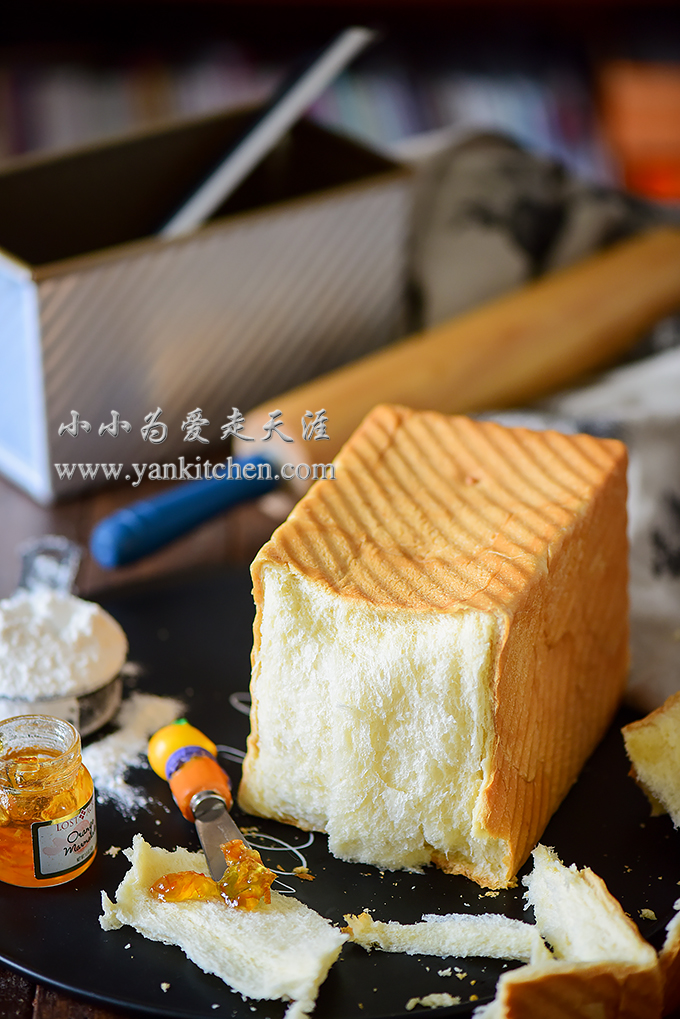中文菜谱:
鲜肉春笋馄饨
Wonton soup is a very popular breakfast choice in our house. It is fast to maker, and it is also nutritious and satisfying. We have the tradition to eat something hot like wonton soup, noodle soup or porridge for the first and the most important meal of the day.
The great thing about having hot wonton soup in the morning is that the soup is appetizing and also warms you up both inside and out.
You are always rushing in the morning? No problem. The trick is to prepare ahead wontons ahead of time. Make a large batch when possible, freeze them and store in an air-tight Ziploc bag for up to a month. All is left to do in the morning is boiling water and gathering seasonings.
Ingredients:
1lb ground pork
1 package of frozen bamboo shoots (weighs 1 lb. The fresh version would be better if available)
1 package of wonton wrappers
1 tablespoon corn starch
1 teaspoon ground white pepper
1 to 2 tablespoons rice cooking wine
1 teaspoon ground ginger
1 teaspoon oyster sauce
1/4 teaspoon sugar
chicken stock/ water (about 1/4 to 1/2 cup)
salt to taste
egg wash/ water (for wonton wrappers)
Directions:
Add ground pork to a medium bowl, along with ground ginger, rice cooking wine, ground white pepper, oyster sauce, corn starch, and sugar. Whisk with a pair of chopsticks or a wooden spoon. Gradually add chicken stock/water while whisking. The more and harder you whisk, the more tender and elastic the ground pork filling will be.
Thaw the bamboo shoots, drain well and finely chop with a food processor.
Add chopped bamboo shoots to the ground pork mixture, whisk until well combined.
Season with salt
Wonton wrappers are usually sold frozen. Remember to completely thaw them ahead of time before using.
Brush the edges with egg wash or water.
Add a couple teaspoons of pork filling to one corner.
Roll towards the other end.
Pull both long ends and stack them together.
Repeat the process until all the wonton wrappers are done.
Cook a large pot of water over high heat until it boils. Add wontons. Cook over high heat. Soon the water would boil again. Add 1/2 cup cold water to the pot. When the water boils again and the wontons float, it is the time you can tell they are cooked through.
Meanwhile, add seasonings for the soup to the serving bowls. I use mini dried shrimps, seaweed, soy sauce, sesame oil, salt, minced garlic, chili pepper oil sauce, chopped cilantro, chopped green onion, and chopped pickled vegetables.
Add wontons along with a ladle or two of hot broth to the serving bowls.
Stir gently with chop sticks or a spoon.
Bon Appetite!











































































































